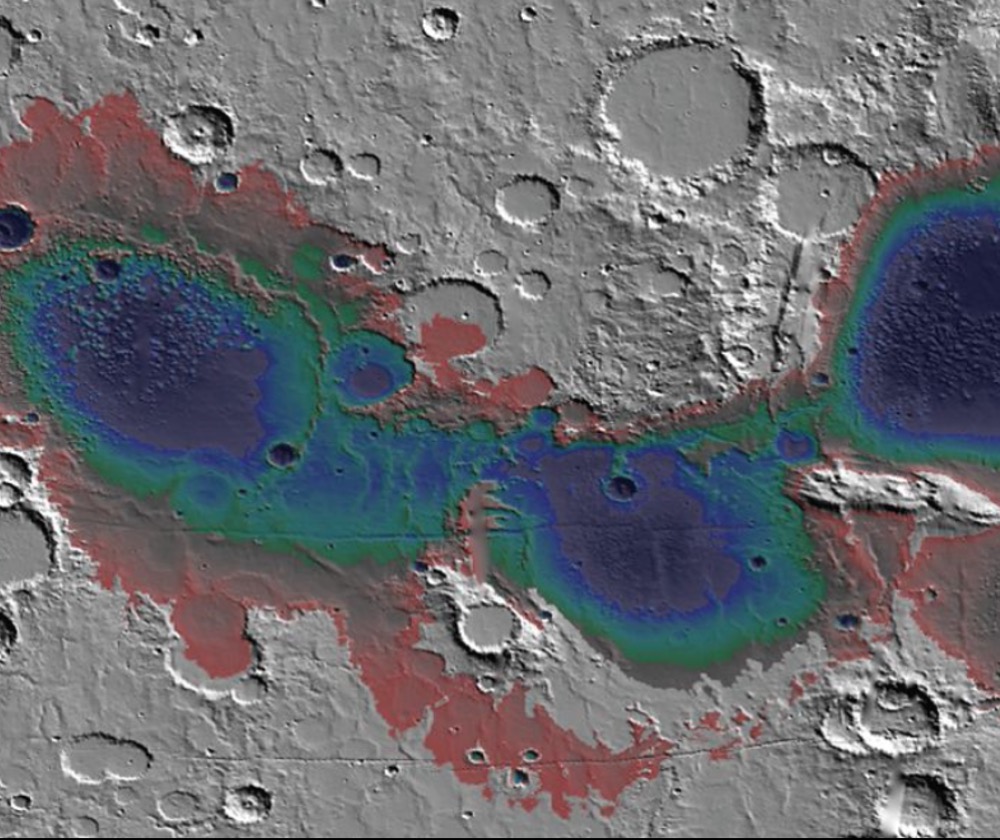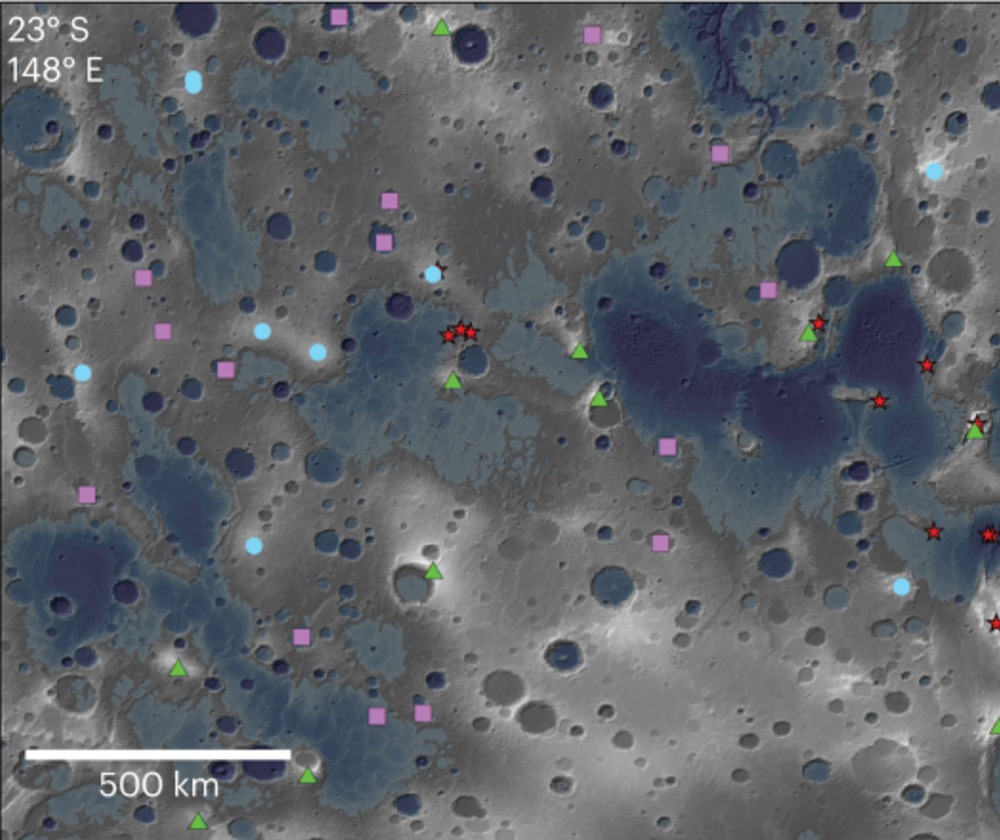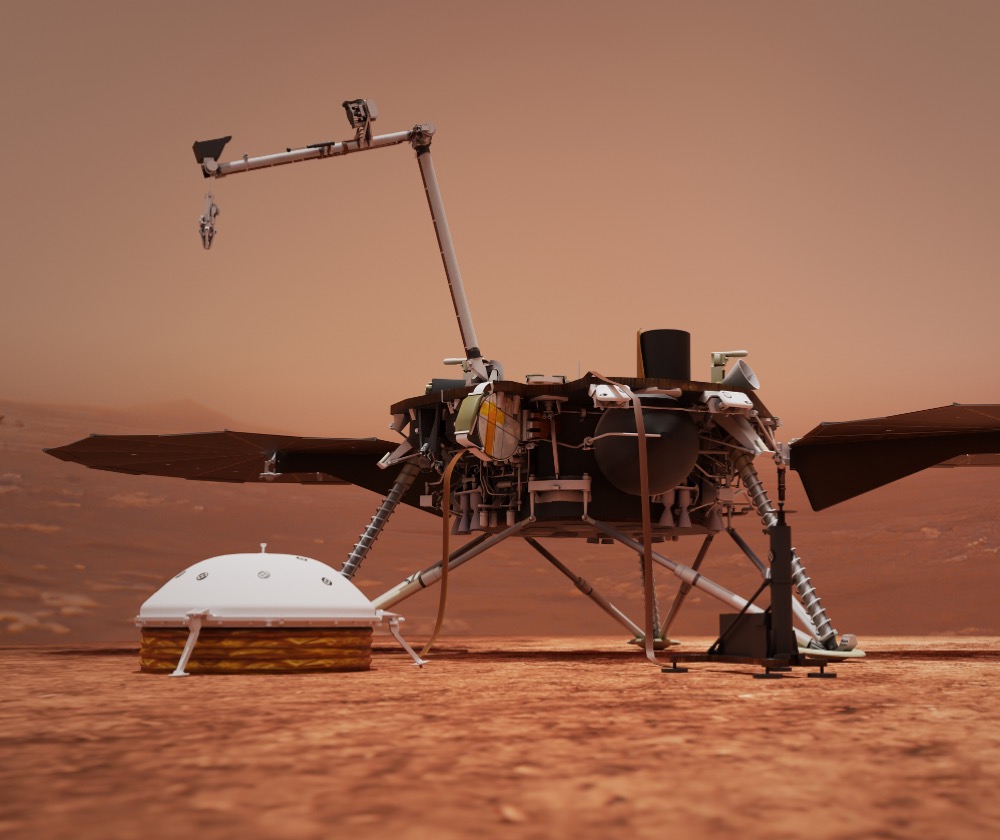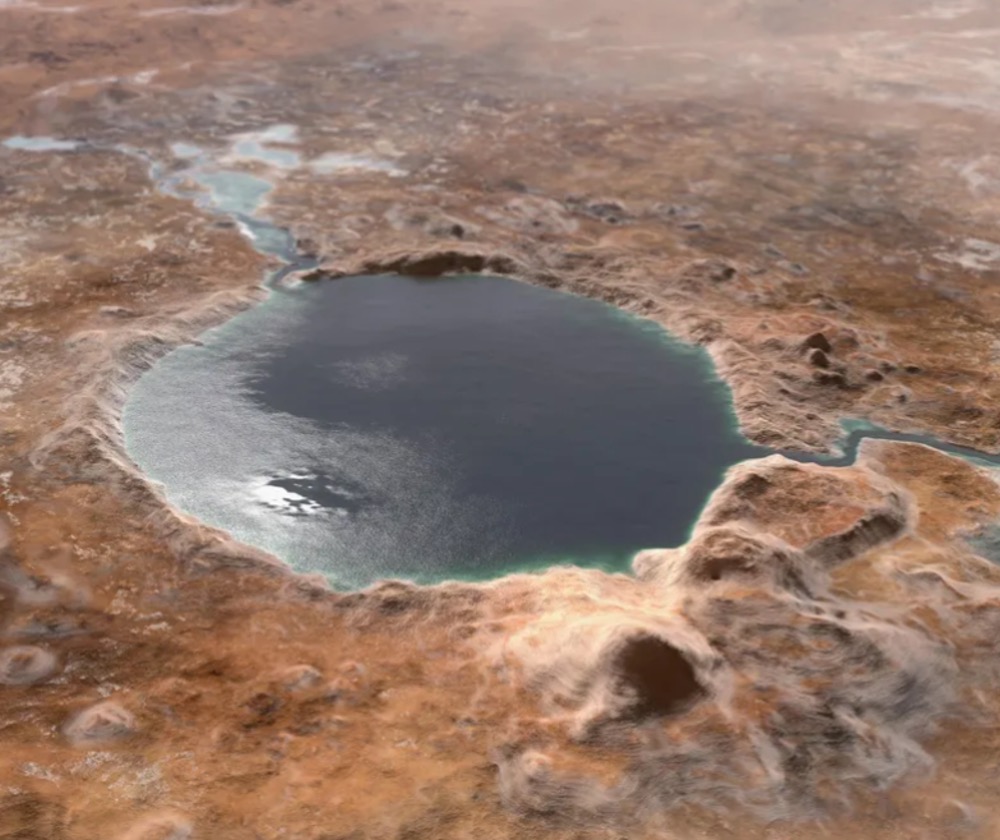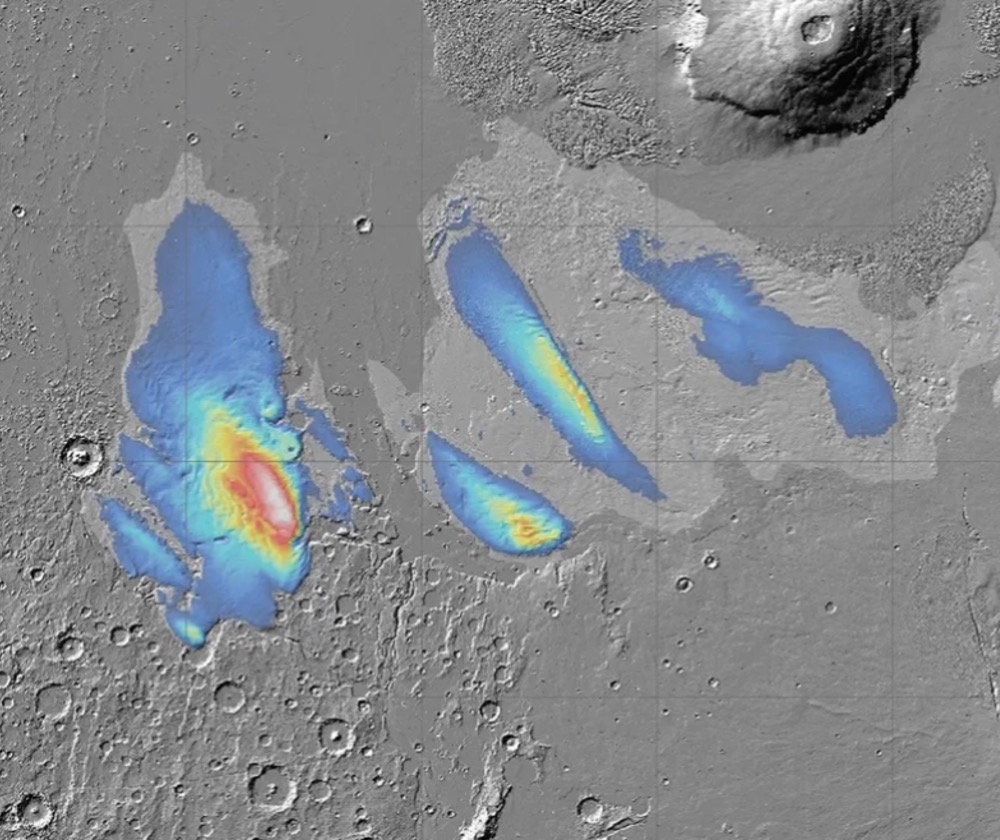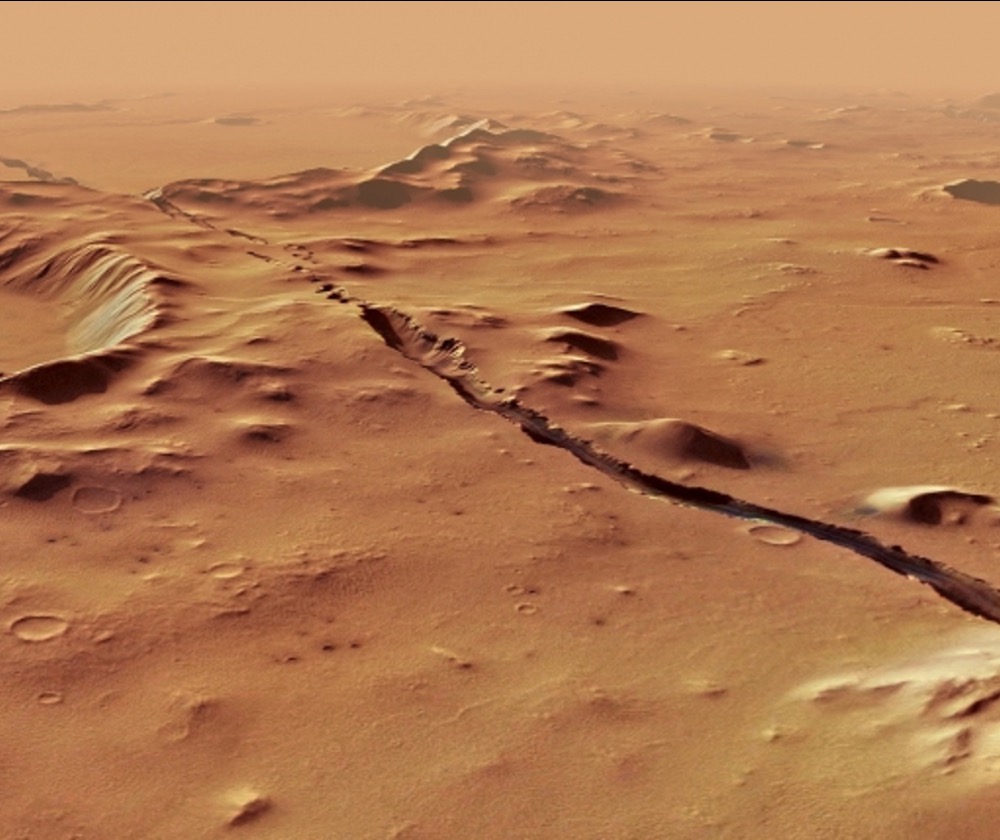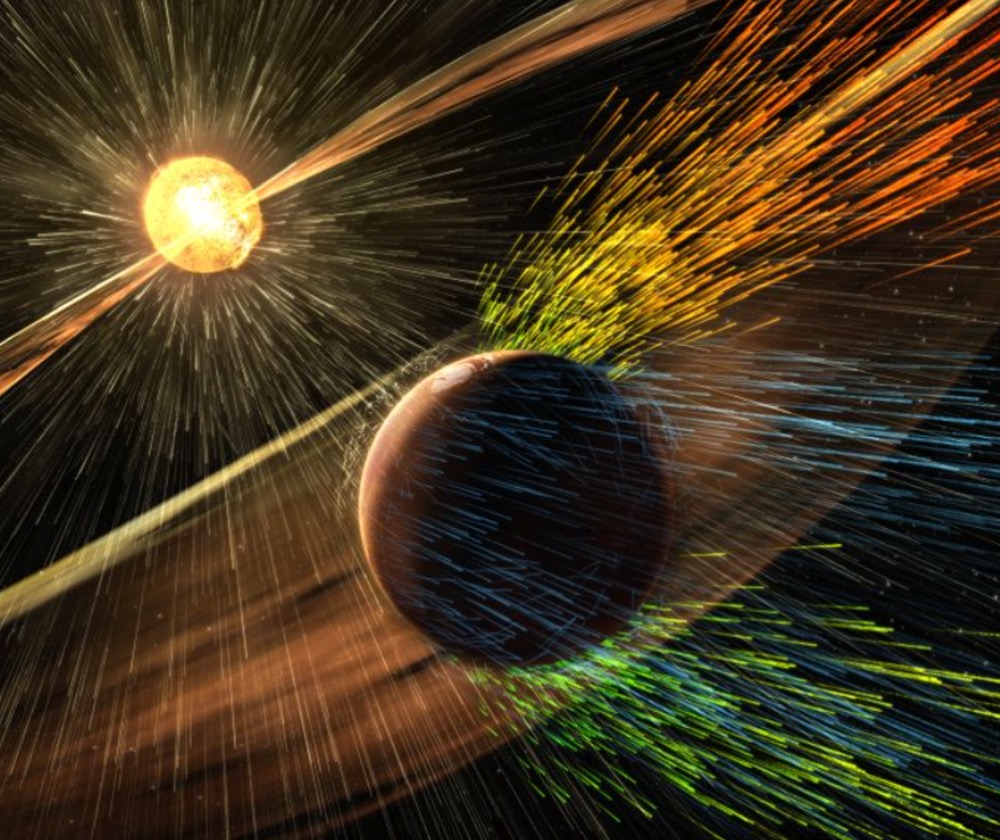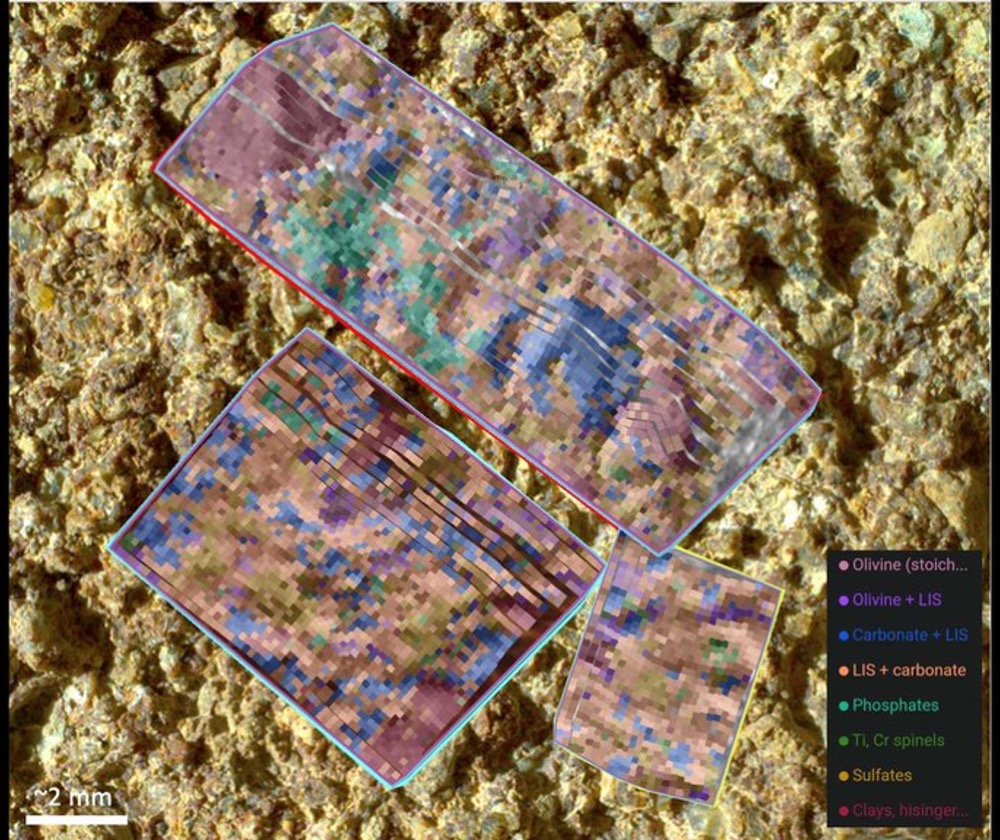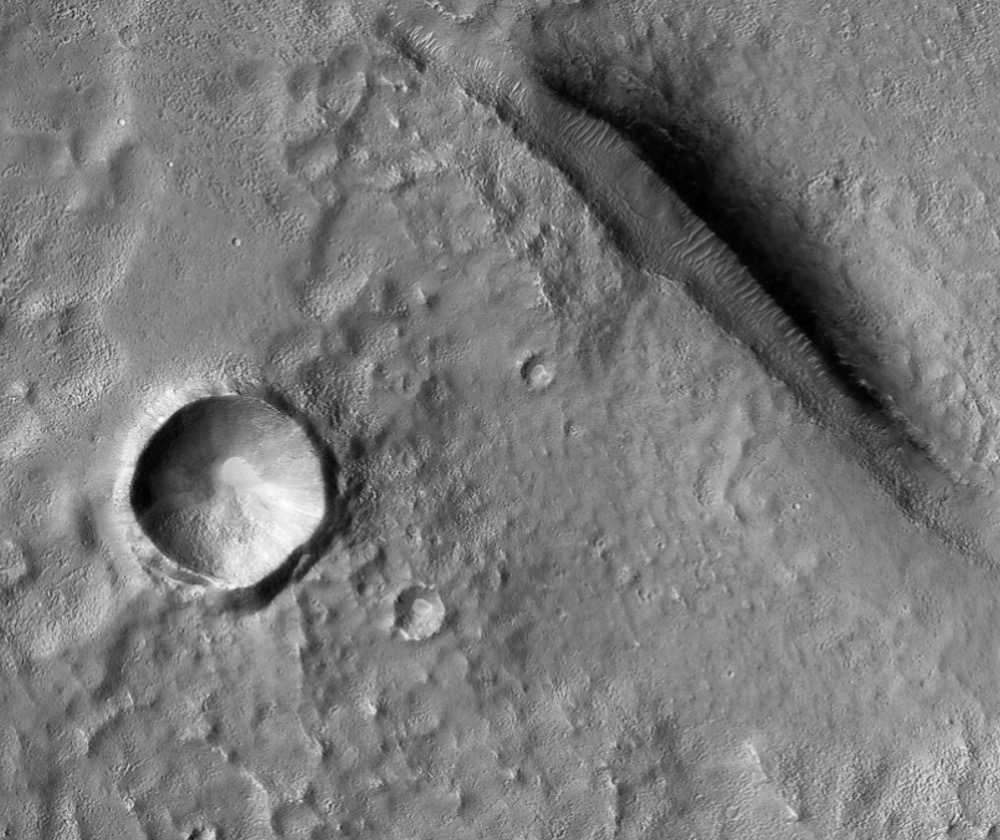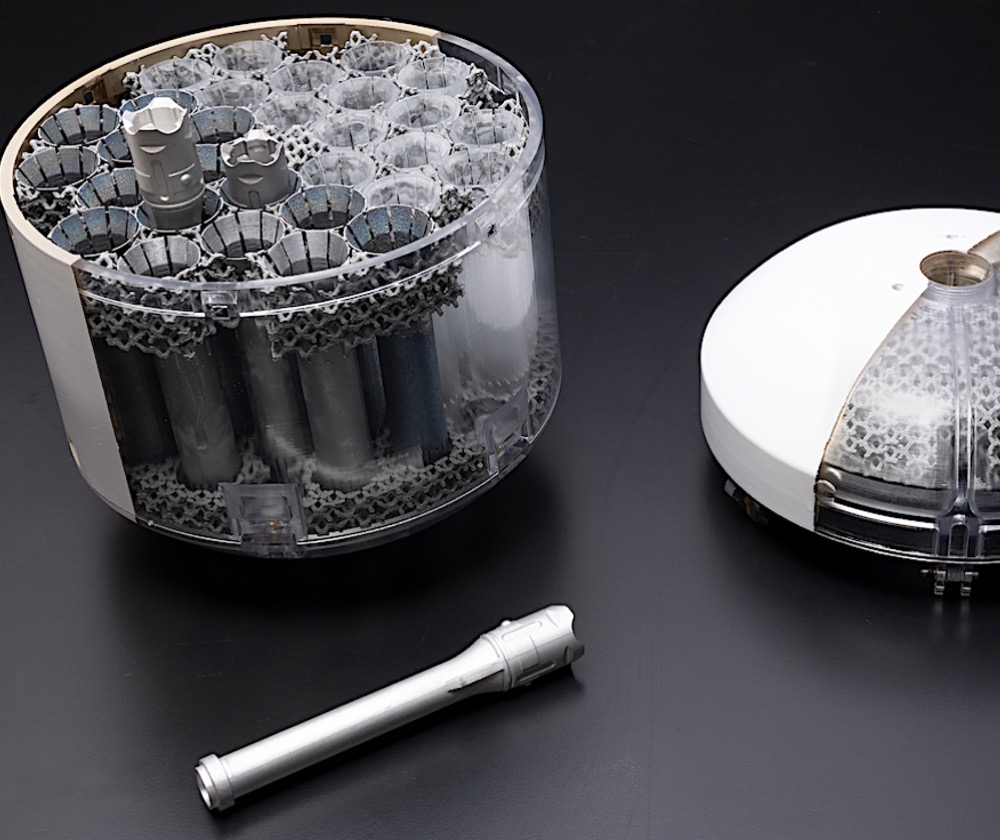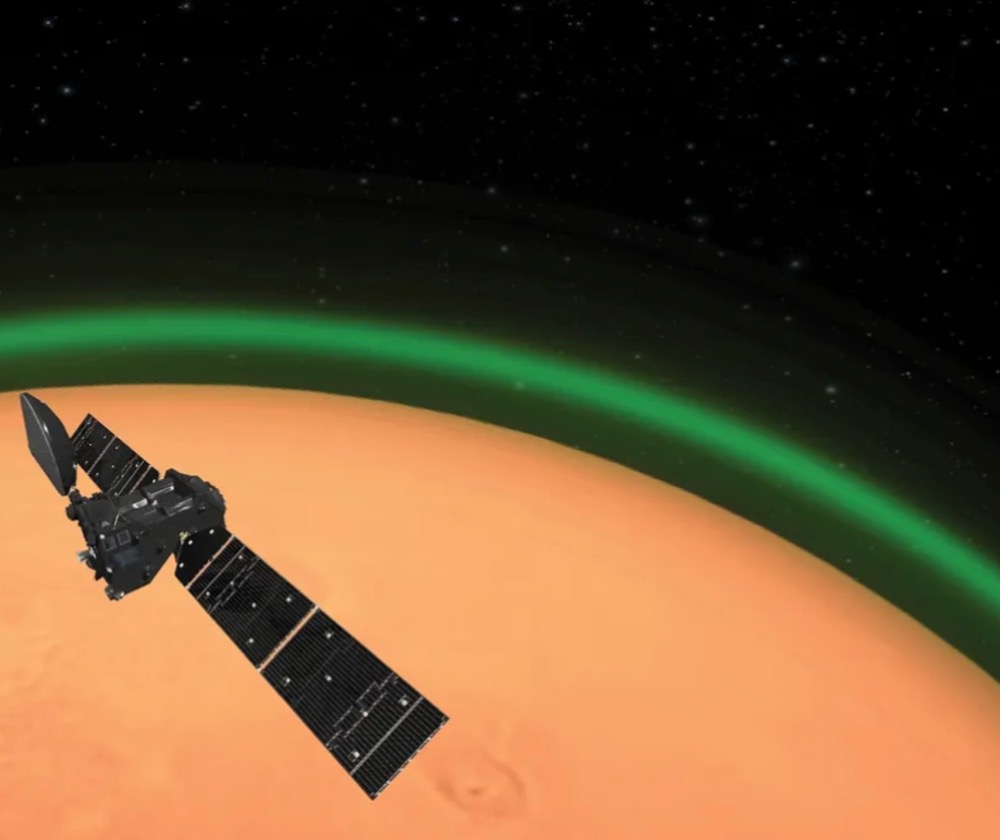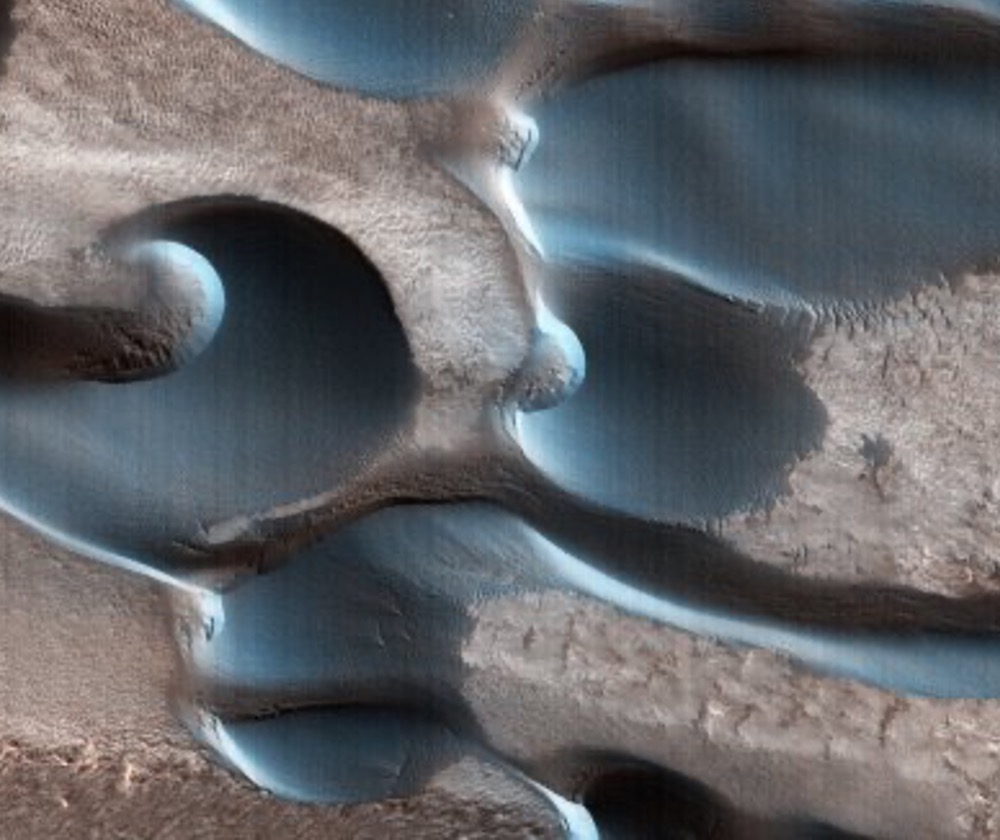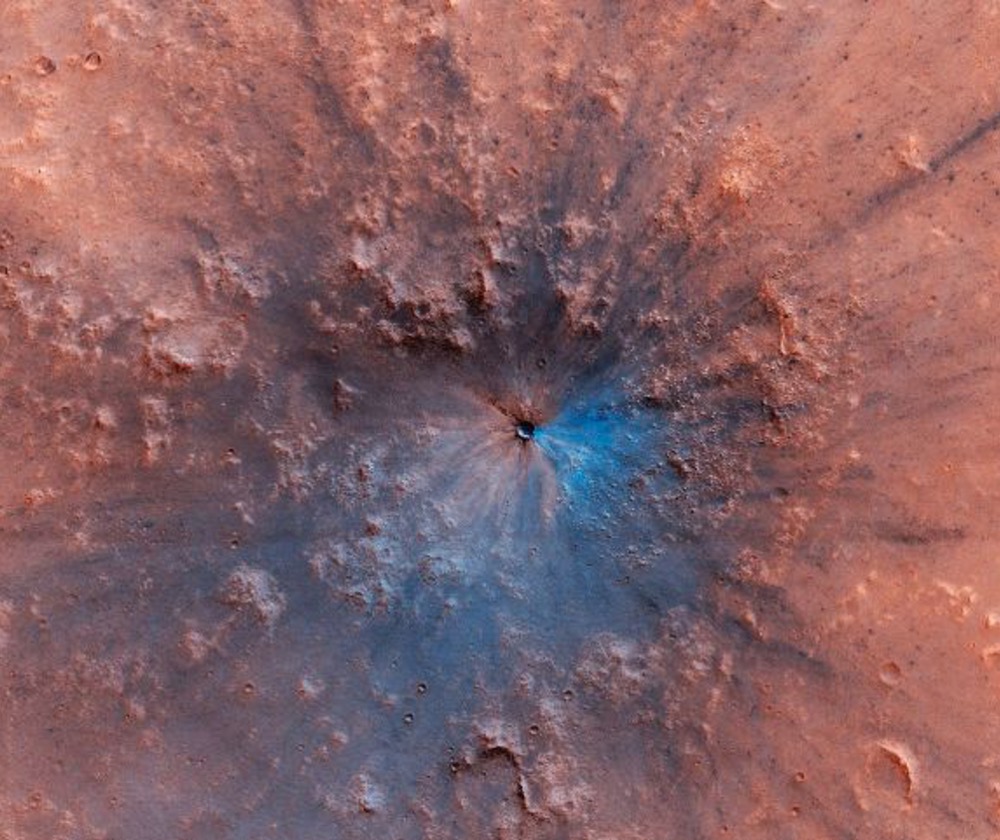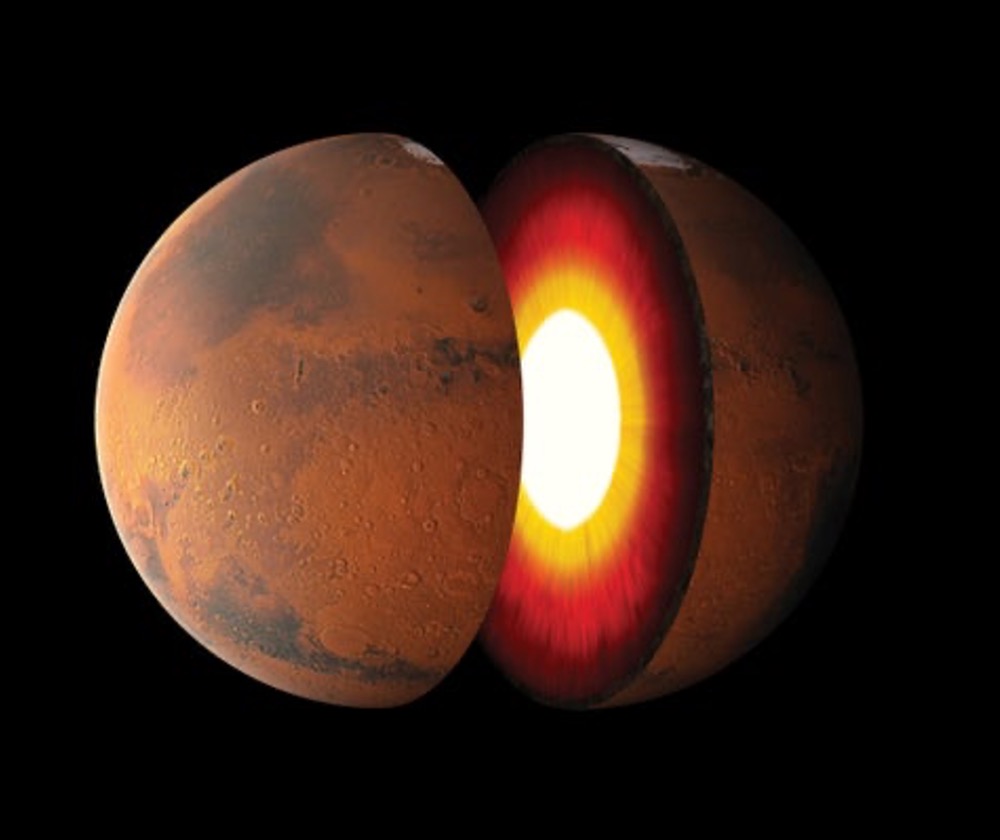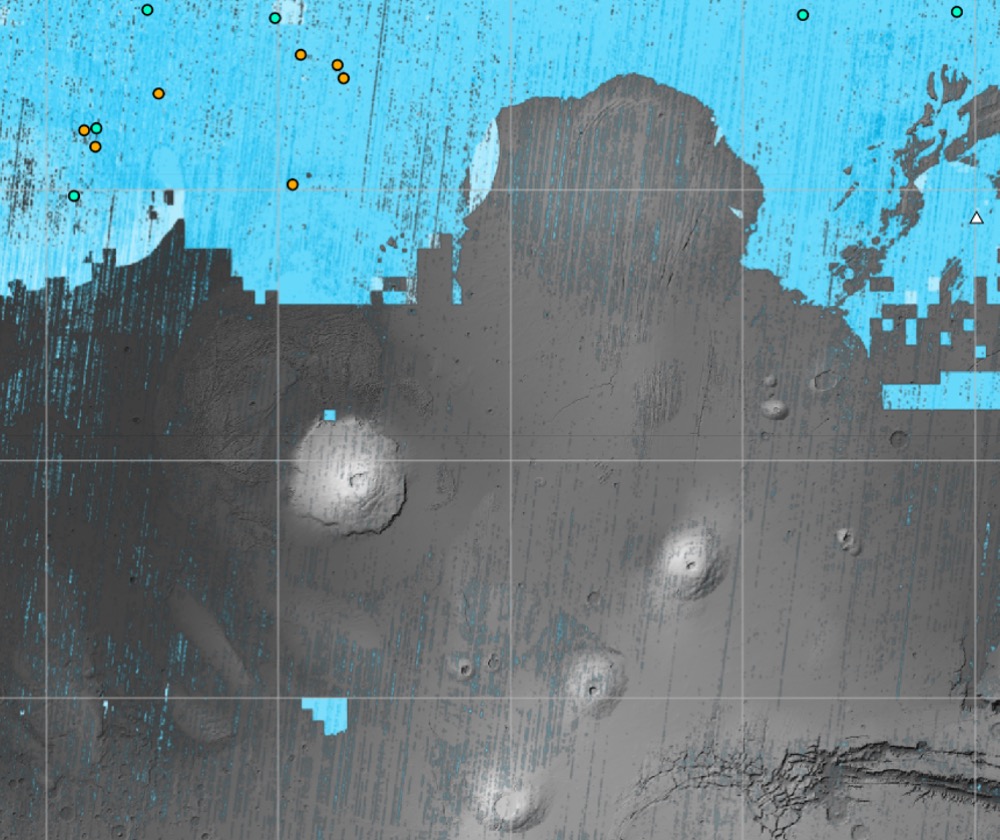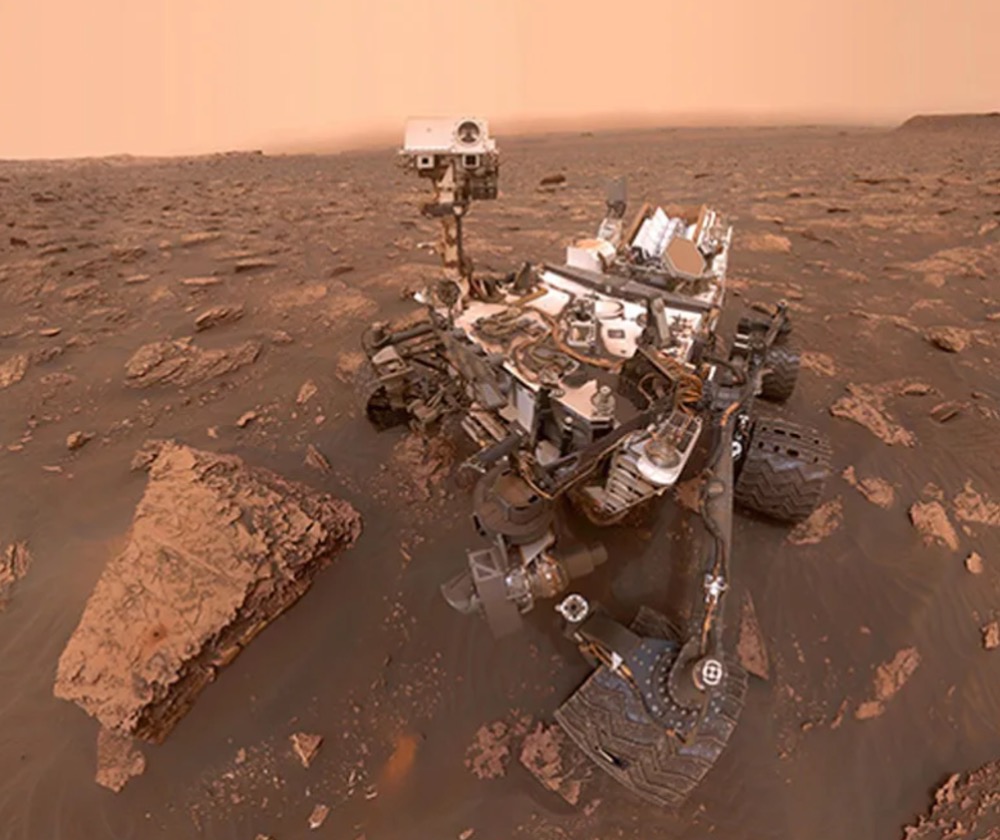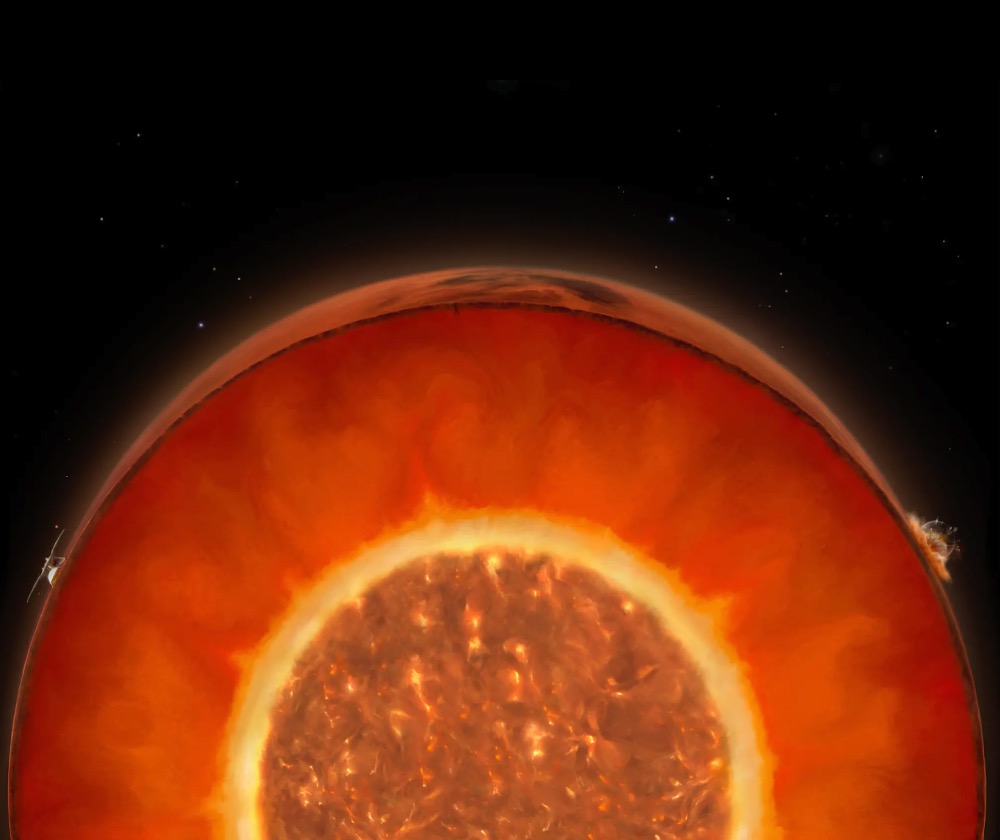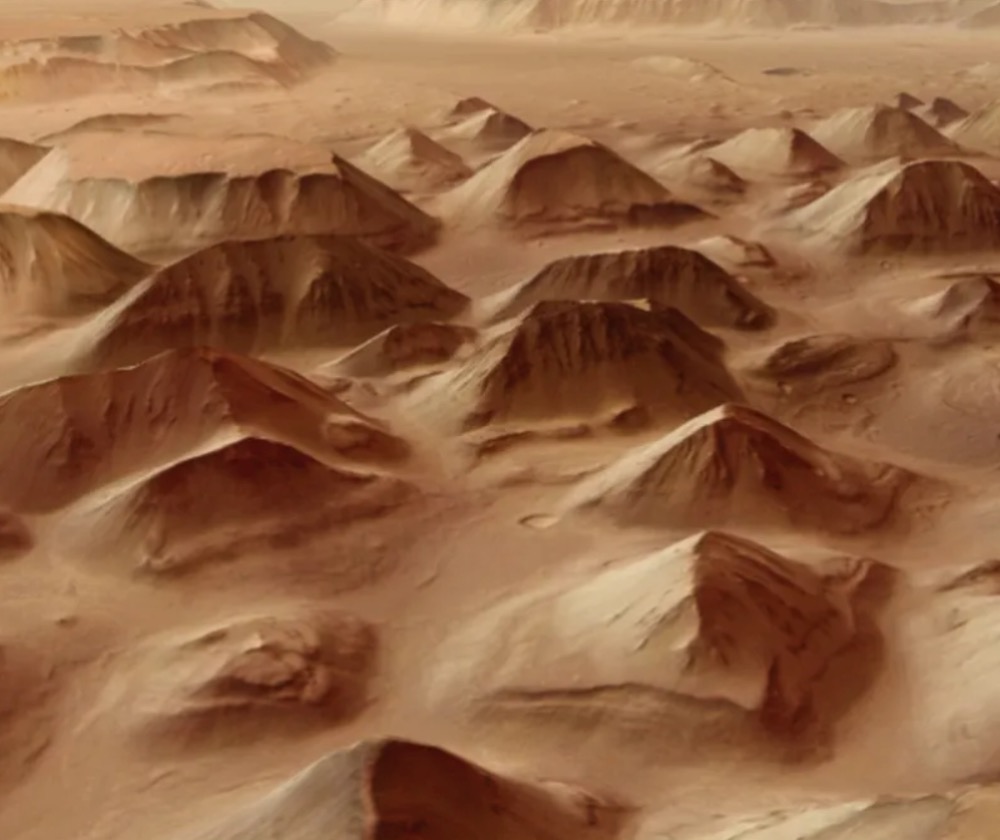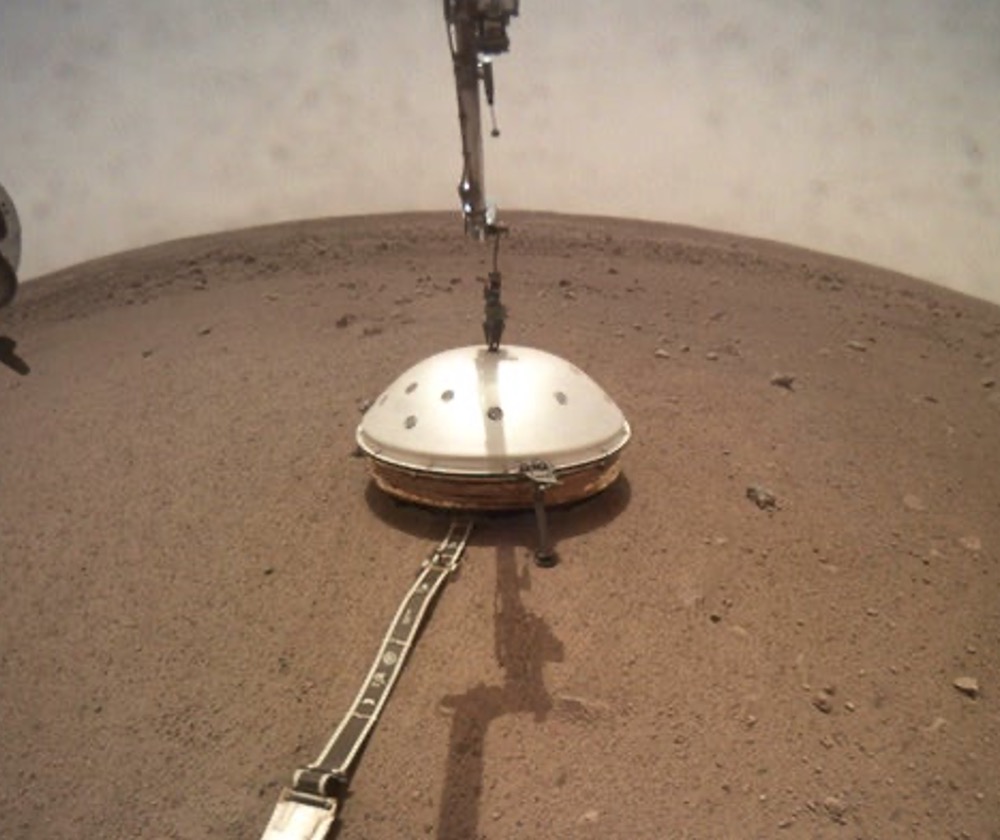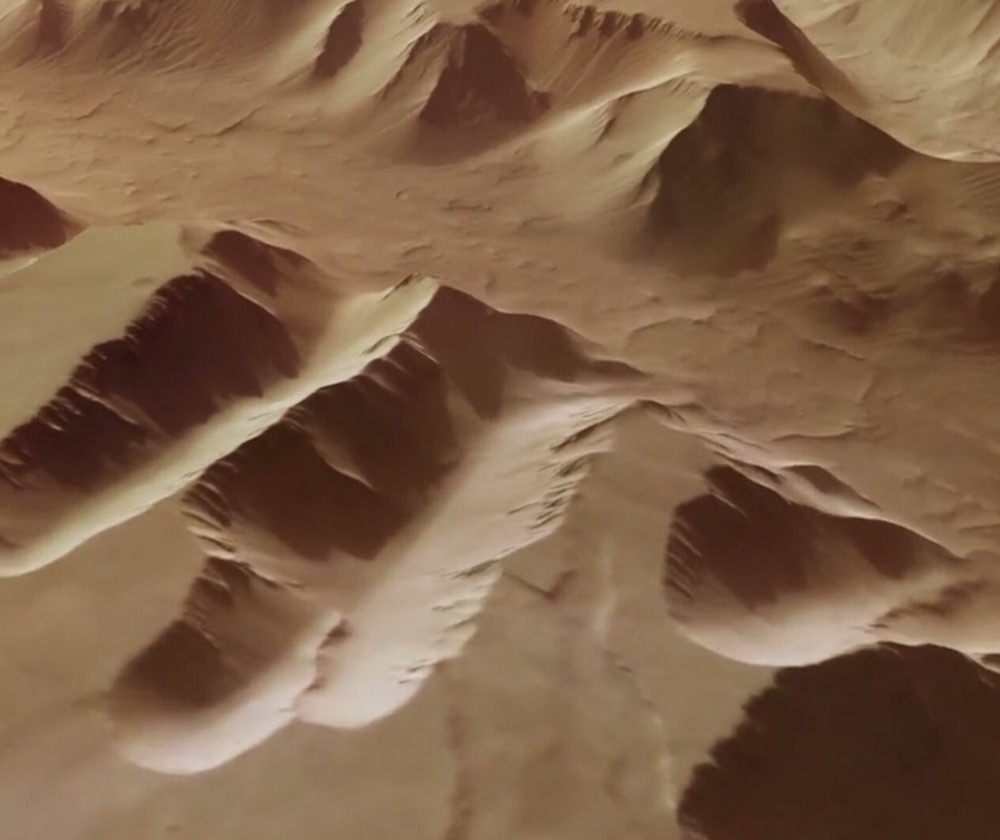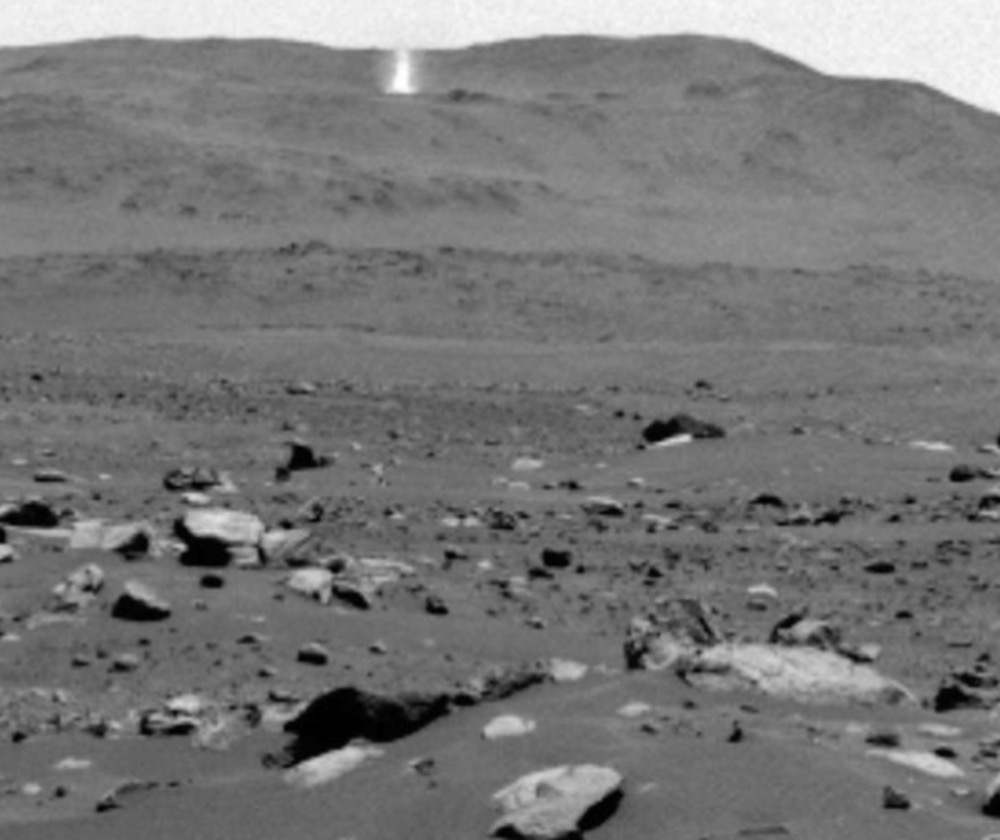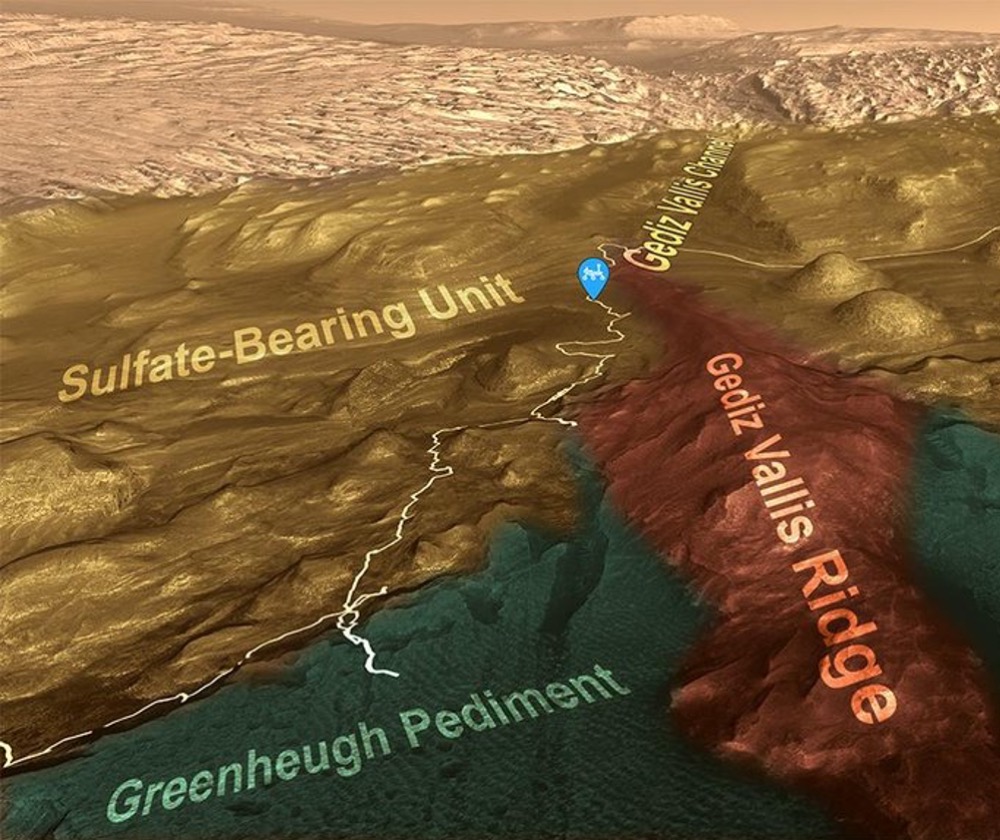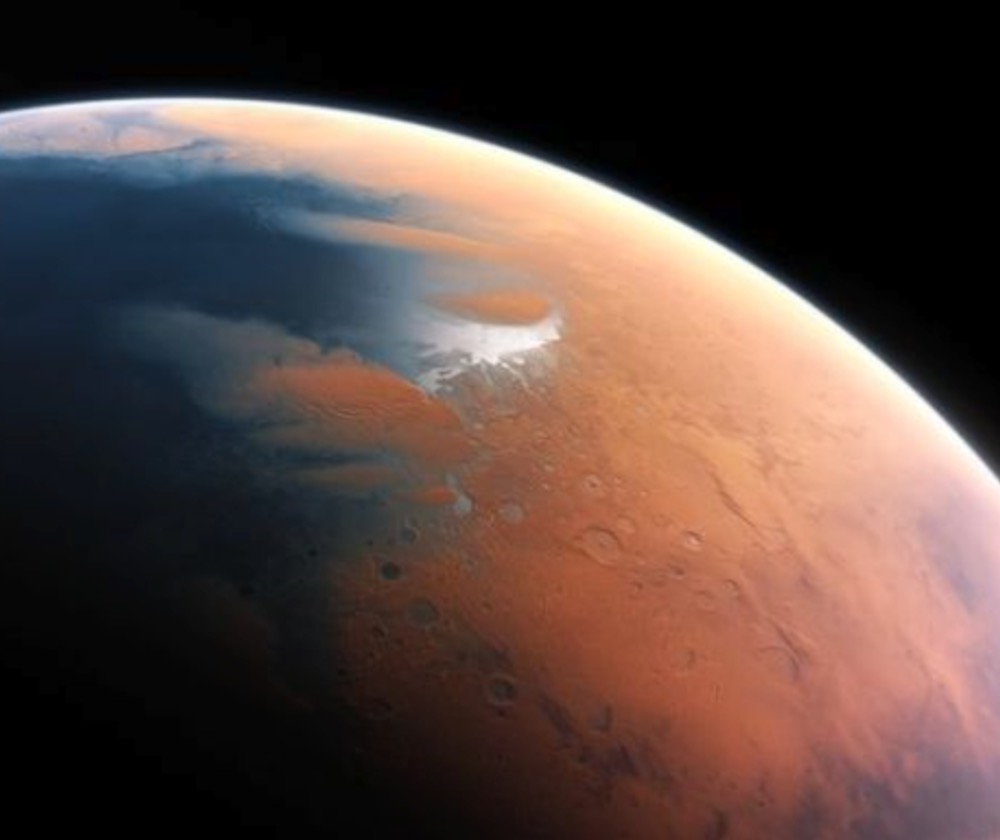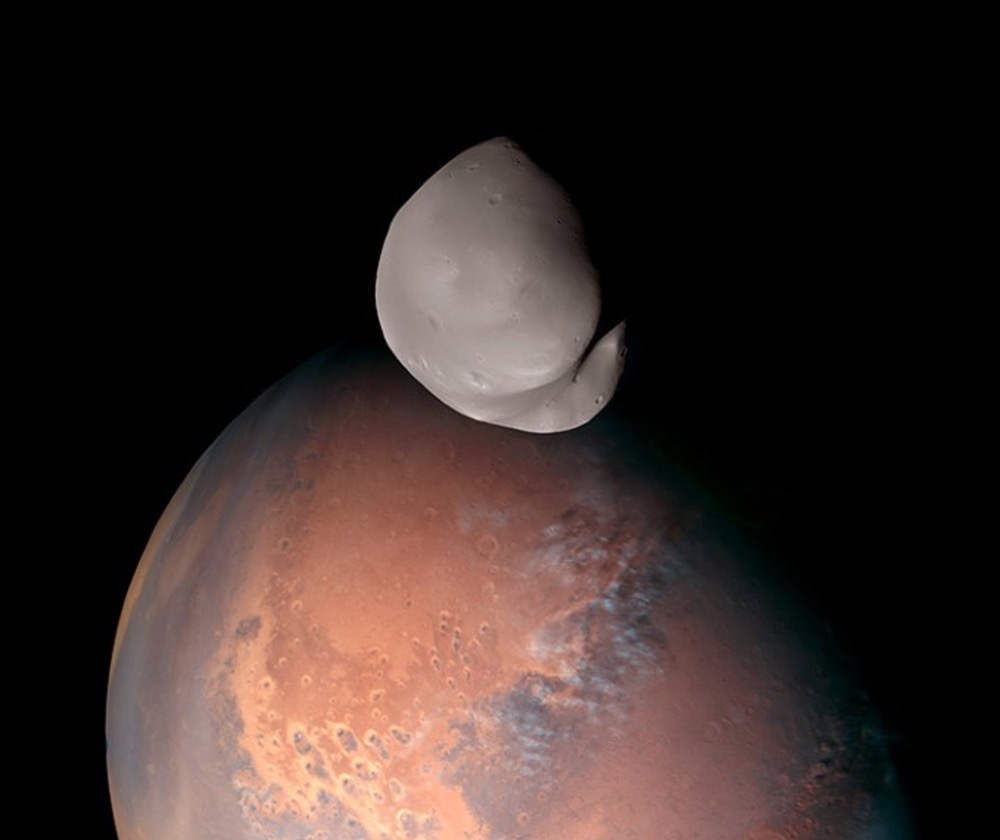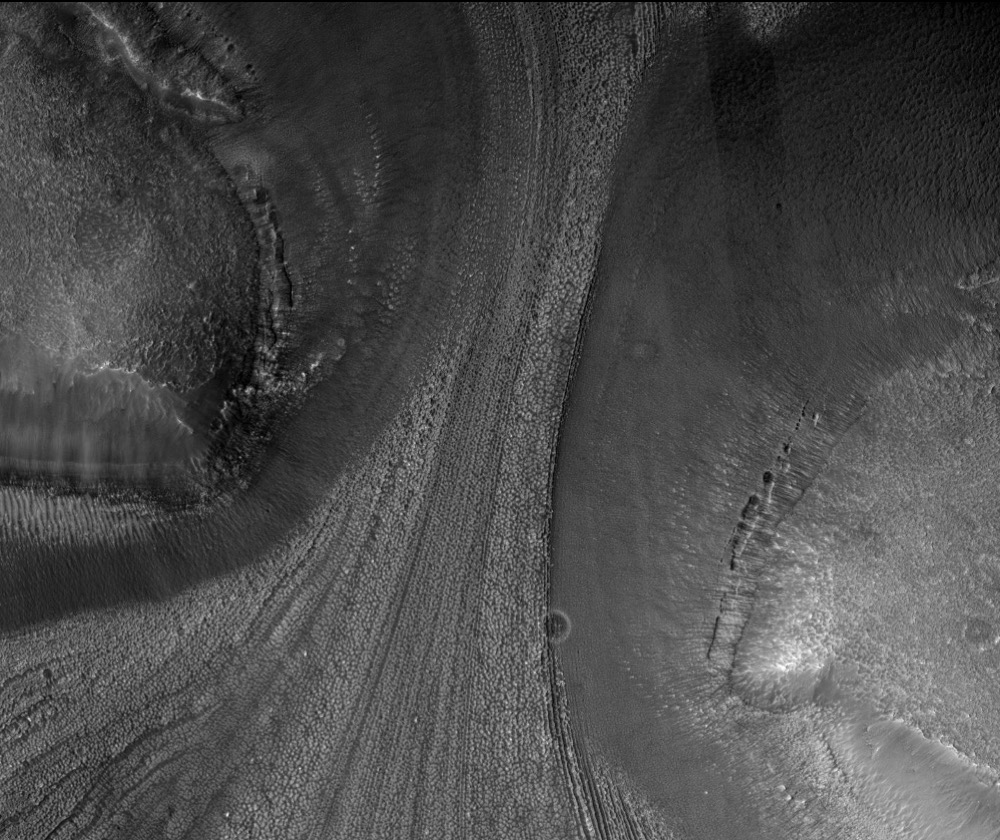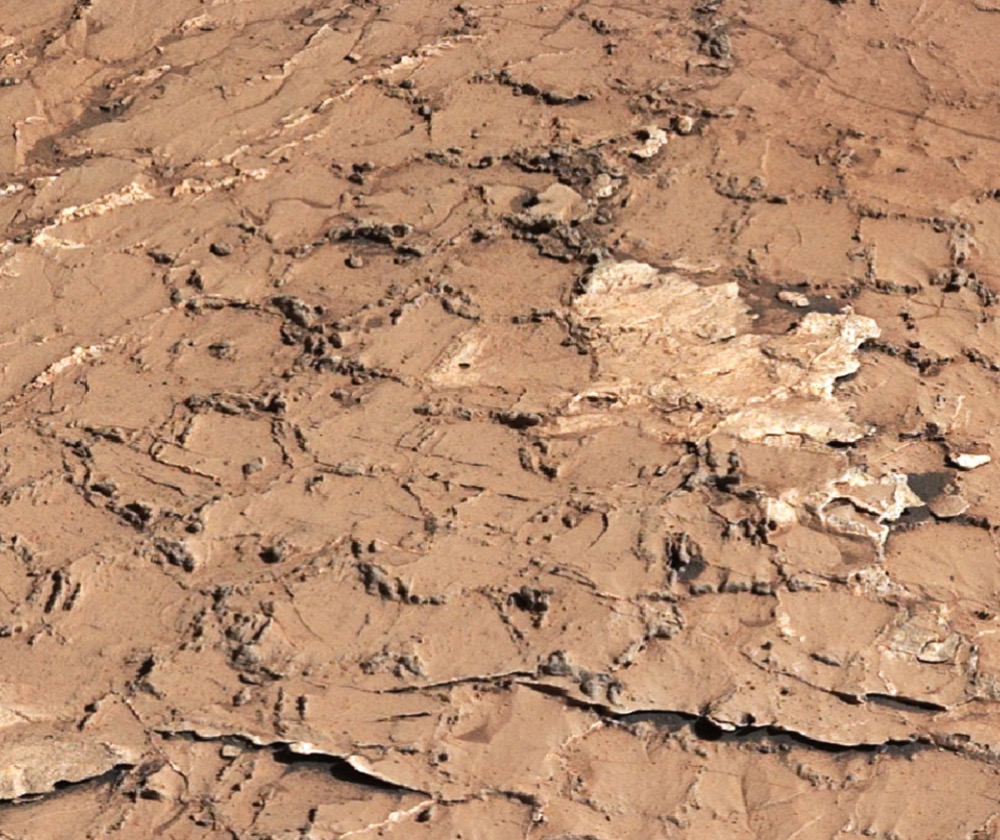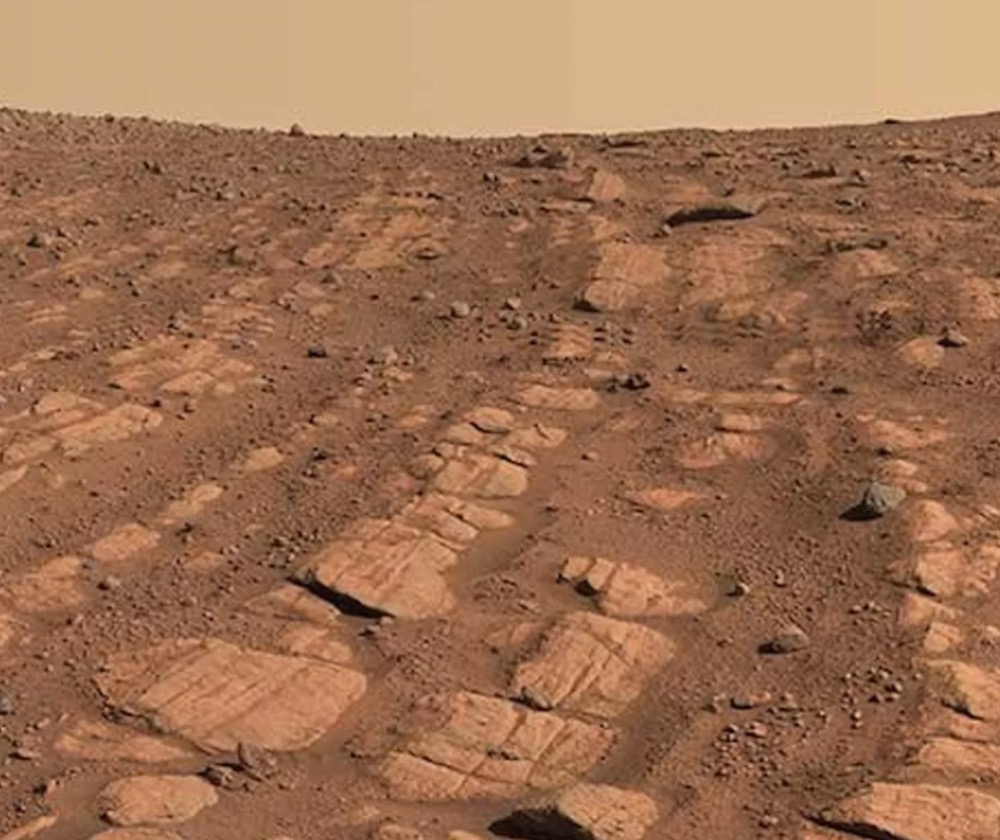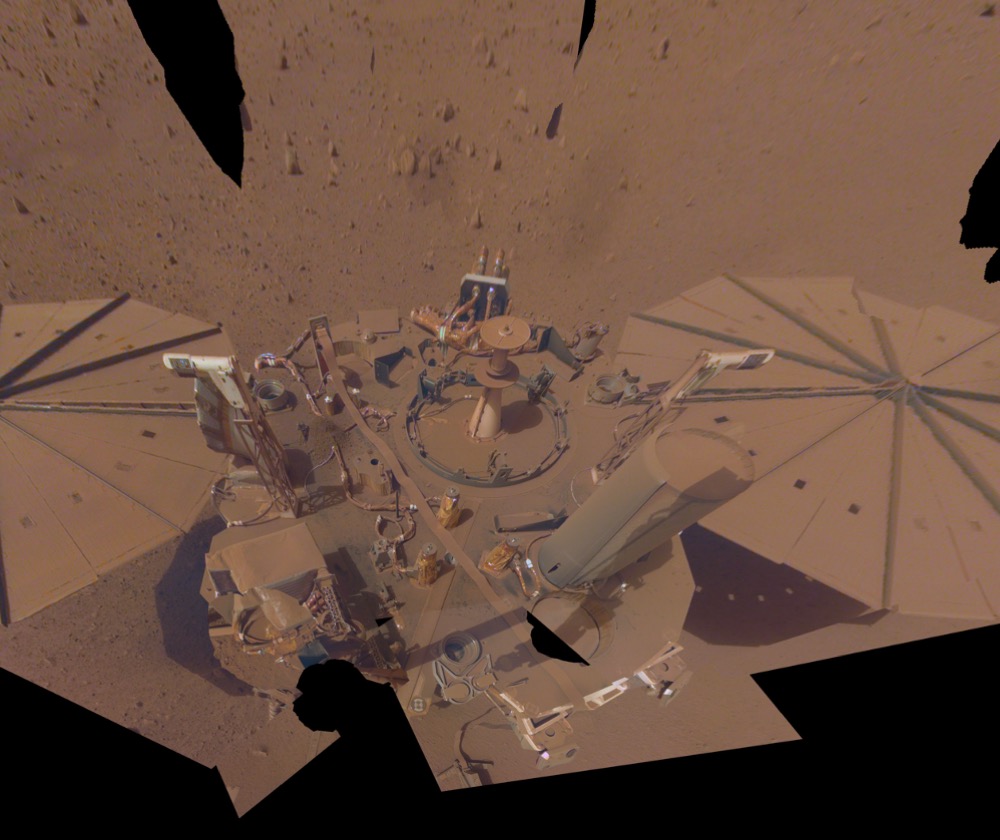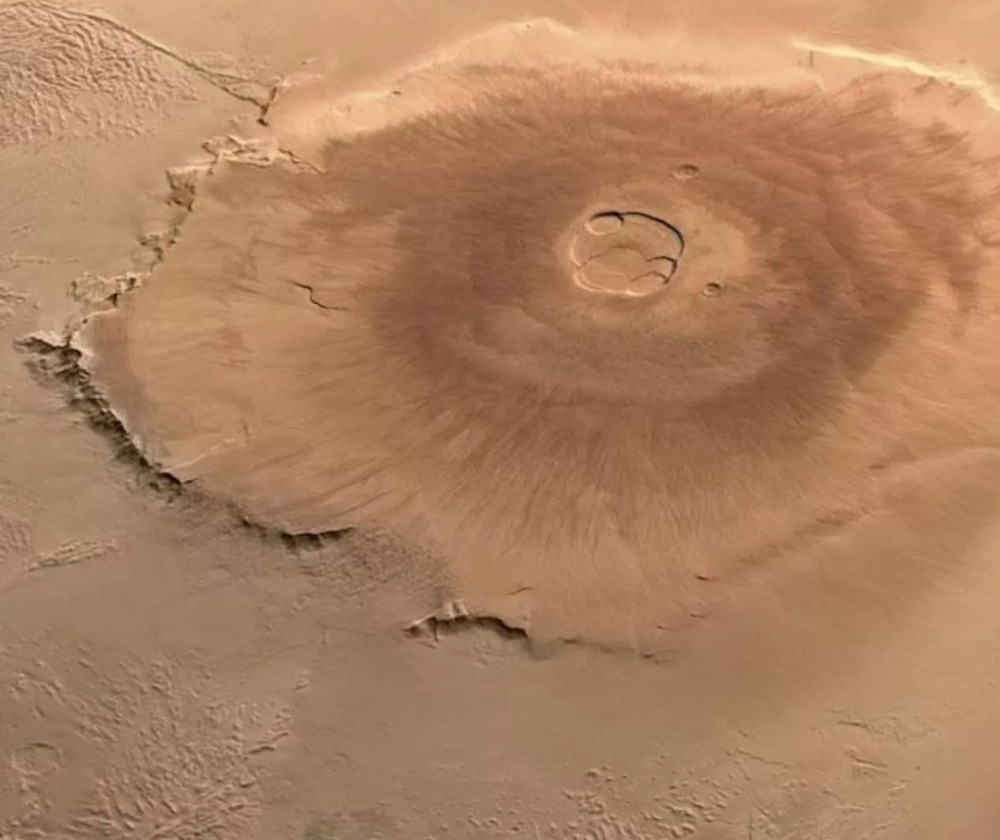Was There Ever Life on Mars?
We don’t know . . . yet. That’s because we are just beginning to look, and here’s what we know so far. The Spirit and Opportunity rovers confirmed what had been suspected for decades, that Mars was once warmer and wetter, with long-lasting bodies of water on its surface. The Curiosity rover discovered that organic compounds necessary for life as we know it are present in Martian rocks. The ingredients were there, but this habitable environment ended around 3 billion years ago. At that time, all life on Earth was single-celled bacteria, and it would be another 2.5 billion years before multi-cellular life arose. So, we don’t expect to find fossils of things like plants and animals. Instead, we’re looking for ways in which ancient bacteria changed the chemistry and structure of rocks. The Perseverance rover is currently finding rocks that could contain this evidence and collecting samples of them for return to Earth in the next decade. Read More
Latest News About Mars
Fascinating Facts About Mars
- If the sun were as tall as a typical front door, Earth would be the size of a nickel, and Mars would be the size of an aspirin tablet.
- From Mars’ surface, the Sun appears about two-thirds as large as it does from Earth and sunlight appears about 2 times dimmer.
- Mars has gullies characterized by an alcove at the top, a channel, and an apron of deposited material at the bottom. At first, gullies were thought to be a result of flowing water, but recent studies have shown that this is likely not true. Researchers are further studying how these gullies might have formed. Mars also has Lobate Debris Aprons (LDAs); these are now stationary glacial flows composed almost entirely of water ice and covered in a layer of debris. Although the age and origins of LDAs are a mystery, they are likely remnants of a previous ice age on Mars.
- Mars is known as the Red Planet because iron minerals in the Martian soil oxidize, or rust, causing the soil, and the dusty atmosphere, to look red.
- Mars is the only planet other than Earth that has polar ice caps.
- The tallest mountain in the solar system, Olympus Mons, is on Mars; and the longest and deepest canyon in the solar system, Valles Marineris, is also on Mars.
- Mars is the only planet with observed dry ice (carbon dioxide) snowfall.
Missions
InSight (2018)
Mission to study crust, mantle and core of Mars
ExoMars Trace Gas Orbiter (2016)
ESA/Roscosmos mission to better understand methane and other trace atmospheric gases
MAVEN (2013)
Mission to study upper atmosphere and ionosphere
Mangalyaan (Mars Orbiter Mission) (2013)
ISRO mission to explore Mars surface features, morphology, mineralogy and atmosphere
Curiosity (2011)
Mission to determine if Mars is able to support microbial life
Phoenix (2007)
Mission to study history of water in the Martian arctic and search for evidence of a habitable zone
Mars Reconnaissance Orbiter (2005)
Mission to search for evidence that water persisted on the surface for long period of time
Spirit & Opportunity (2003)
Mission to study history of water on Mars
Mars Express (2003)
ESA mission to study atmosphere, climate, planet structure, mineralogy and geology and search for traces of water
Mars Odyssey (2001)
Mission to study radiation environment and detect water and shallow buried ice
Mars Pathfinder (1996)
Mission to deliver lander and rover to Mars surface
Mars Global Surveyor (1996)
Mission to study composition and topography and monitor weather patterns
Phobos 2 (1988)
Soviet Union mission to study surface and atmosphere of Mars and surface composition of Martian moon Phobos
Viking 1 & 2 (1975)
Mission to collect data about the surface and atmosphere and search for signs of life
Mariner 9 (1971)
Mission to map Mars' surface
Mars 2 & 3 (1971)
Soviet Union orbiter and lander
Mariner 6 & 7 (1969)
Flyby to study surface for signs of life
Mariner 4 (1964)
First Mars flyby





